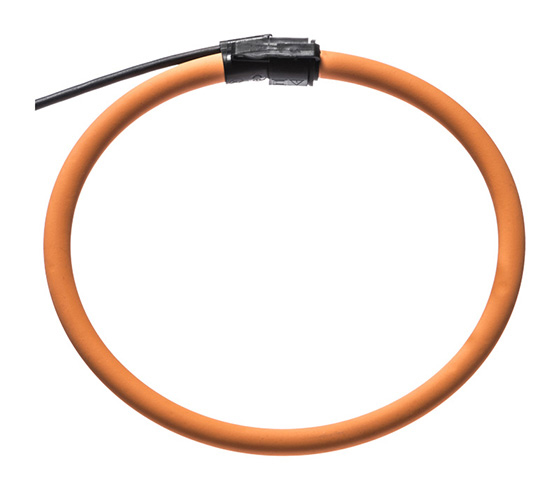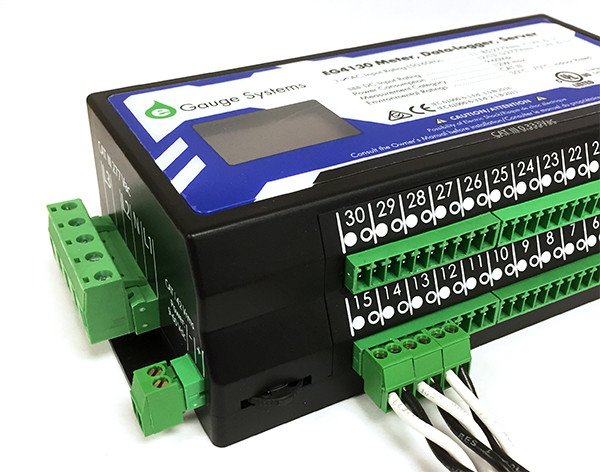Rope CTs are designed for 20-30 amps or greater load. Lower amperage results in lower accuracy readings.
Face the arrow on the rope towards what you want to measure. Positive power polarity when power is *against* the arrow, and negative when it is the same direction the arrow points.
The position of the Rope CT on the conductor affects accuracy. See [this article](https://kb.egauge.net/books/ct-faqs-and-other-information-f71/page/rope-ct-positioning-guide) for more information.
#### Why use a Rope CT? Rope CTs are excellent for bus-bars and large switch-gear applications that standard split-core CTs cannot fit around. Rope CTs are flexible and easy to install but require a minimum amperage of approximately 30A for accuracy.| [](https://kb.egauge.net/uploads/images/gallery/2020-02/image-1582830017390.png) |
| *Rope CT* |
To reduce risk of electric shock, open or disconnect circuits from the power distribution system (or service) of the building before installing or serving CTs.
2. Open the rope CT by gently pulling squeezing the latch and pulling the end of the rope CT out. **Do not touch the inside surfaces where the CT opens**. Any oils or debris in that area worsens accuracy. 3. Wrap the rope CT over the conductor of the circuit to be measured. Make sure the arrow on the rope CT points in the direction of the primary current flow (the current flow that should yield a positive power reading). 4. Close the rope CT by gently squeezing the latch and inserting the other end inside the latching end and release the latch. 5. Verify that the rope CT is fully closed. 6. Optional: secure the CT to the conductor with a cable tie. 7. Route the twisted pair wires of the CT to the meter such that they do not directly contact live terminals or bus bars. 8. Plug the 2-pin terminal at the end of the twisted pair wires into an unused port on the meter. 9. [Configure the sensor input](https://kb.egauge.net/books/egauge-meter-configuration/page/initial-configuration-steps) in the meter interface and complete the general configuration.| [](https://kb.egauge.net/uploads/images/gallery/2021-10/qsg-ct-plugs.jpg) |
| *CTs connected to eGauge meter*. |